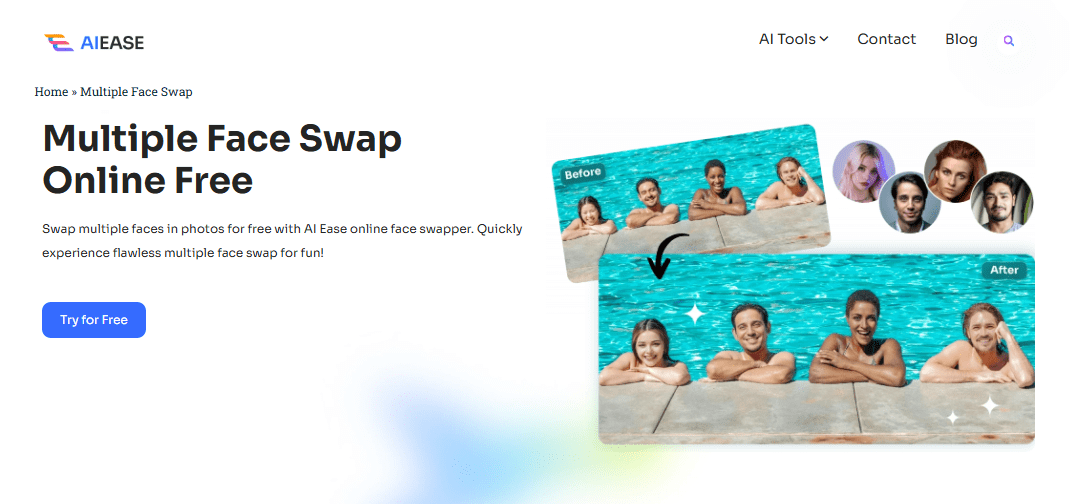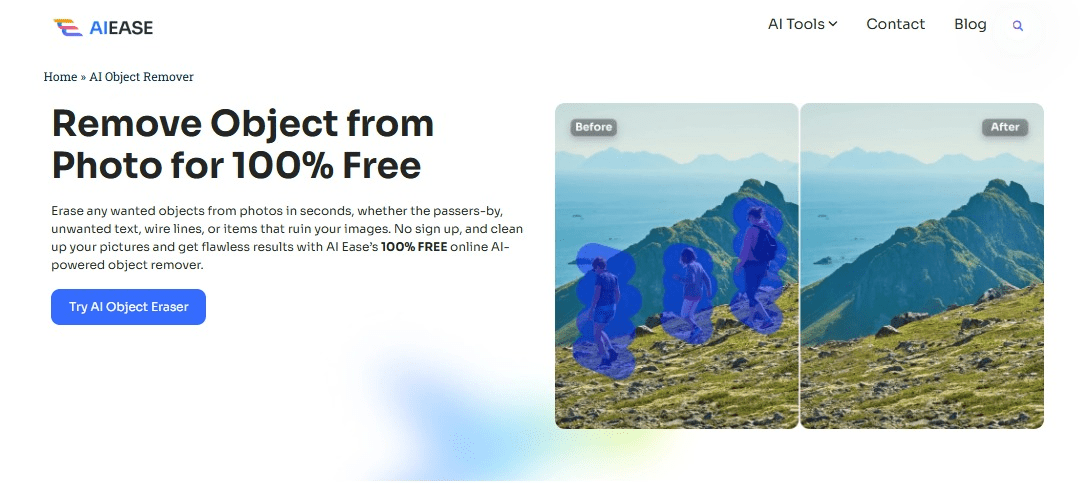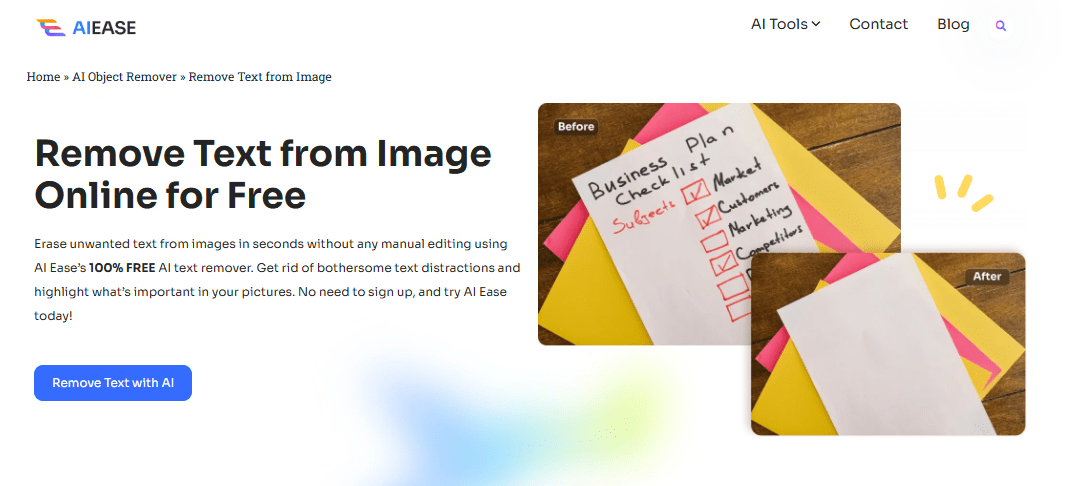Eligibility criteria for stocks to undergo penny increments ensure that only appropriate securities participate in minimal price adjustments. These standards typically assess factors such as liquidity, market capitalization, and trading volume. By establishing clear guidelines, regulators promote fair trading practices and maintain market stability for investors and stakeholders. Understanding which stocks are eligible for penny increments can be challenging. Quantum Apex Ai connects traders with experts to explore the criteria in-depth.

Stock Price and Market Capitalization Requirements
Determining which stocks qualify for penny increments starts with examining their price and market capitalization. Generally, stocks priced above a certain threshold are eligible for penny movements. For instance, many major exchanges set the minimum stock price at $1.00 to participate in penny increments. This ensures that the stock has sufficient value and stability for such fine price adjustments.
Market capitalization also plays a crucial role. Companies with larger market caps, often referred to as large-cap stocks, are more likely to meet the criteria for penny increments. These companies typically have a market value exceeding $10 billion, providing a solid foundation for consistent trading activity. Think of it like choosing a sturdy tree to climb—only the strong ones support delicate movements.
Smaller companies, or small-cap stocks, may face stricter requirements. A minimum market cap, often around $300 million, ensures that the stock has enough investor interest and trading volume to handle penny-level changes without excessive volatility. This balance helps maintain orderly markets and protects investors from erratic price swings.
Liquidity and Trading Volume Thresholds
Liquidity and trading volume are vital factors in determining a stock’s eligibility for penny increments. High liquidity means a stock can be bought or sold quickly without significantly affecting its price. Stocks with substantial trading volumes are better suited for penny increments as they can handle small price changes without causing undue volatility.
Typically, exchanges set minimum average daily trading volumes to qualify. For example, a stock might need to average at least 1 million shares traded daily. This level of activity ensures there is enough interest and participation to support penny-level price adjustments smoothly. Imagine a busy marketplace where goods move swiftly—high trading volume keeps prices steady.
Liquidity is measured by metrics such as the bid-ask spread, which indicates the difference between the highest price a buyer is willing to pay and the lowest price a seller will accept. Narrow spreads often signal high liquidity, making penny increments more feasible. Stocks with wide spreads may struggle to accommodate small price changes, leading to increased volatility and potential trading issues.
Furthermore, the consistency of trading volume over time is considered. Stocks that experience regular and predictable trading patterns are preferred, as they can sustain penny increments without drastic price fluctuations. This consistency helps maintain market stability and investor confidence.
For instance, Microsoft Corporation (MSFT) consistently ranks high in trading volume and liquidity, making it an ideal candidate for penny increments. Conversely, a lesser-known stock with fluctuating trading volumes might not meet the necessary thresholds, limiting its eligibility.
Listing Standards of Major Stock Exchanges
Major stock exchanges have specific listing standards that determine a stock’s eligibility for penny increments. These standards ensure that only companies meeting certain criteria can participate, maintaining the integrity and stability of the market.
For instance, the New York Stock Exchange (NYSE) requires listed companies to adhere to strict financial and operational criteria. This includes maintaining a minimum stock price, market capitalization, and shareholder equity. Picture the NYSE as a prestigious club—only those who meet the standards gain entry.

Similarly, the Nasdaq has its own set of listing requirements, focusing on factors like stock price, market value, and liquidity. Companies must demonstrate consistent financial performance and governance standards to qualify. These criteria help ensure that listed stocks are reliable and suitable for penny increments.
The London Stock Exchange (LSE) also imposes rigorous standards for its listed companies. These include minimum free float requirements, ensuring that a significant portion of shares is available for trading. Such measures enhance liquidity and support the feasibility of penny increments by providing a stable trading environment.
Beyond financial metrics, listing standards often encompass corporate governance and transparency requirements. Companies must regularly disclose financial information and adhere to reporting standards, promoting transparency and investor trust. This transparency is crucial for maintaining orderly markets and supporting penny-level price movements.
Conclusion
In conclusion, the eligibility criteria for penny increments play a vital role in ensuring orderly and efficient stock markets. By selecting stocks based on defined metrics like liquidity and market size, these criteria help safeguard investor interests and enhance market integrity. Upholding these standards is essential for sustainable and transparent trading environments.





















